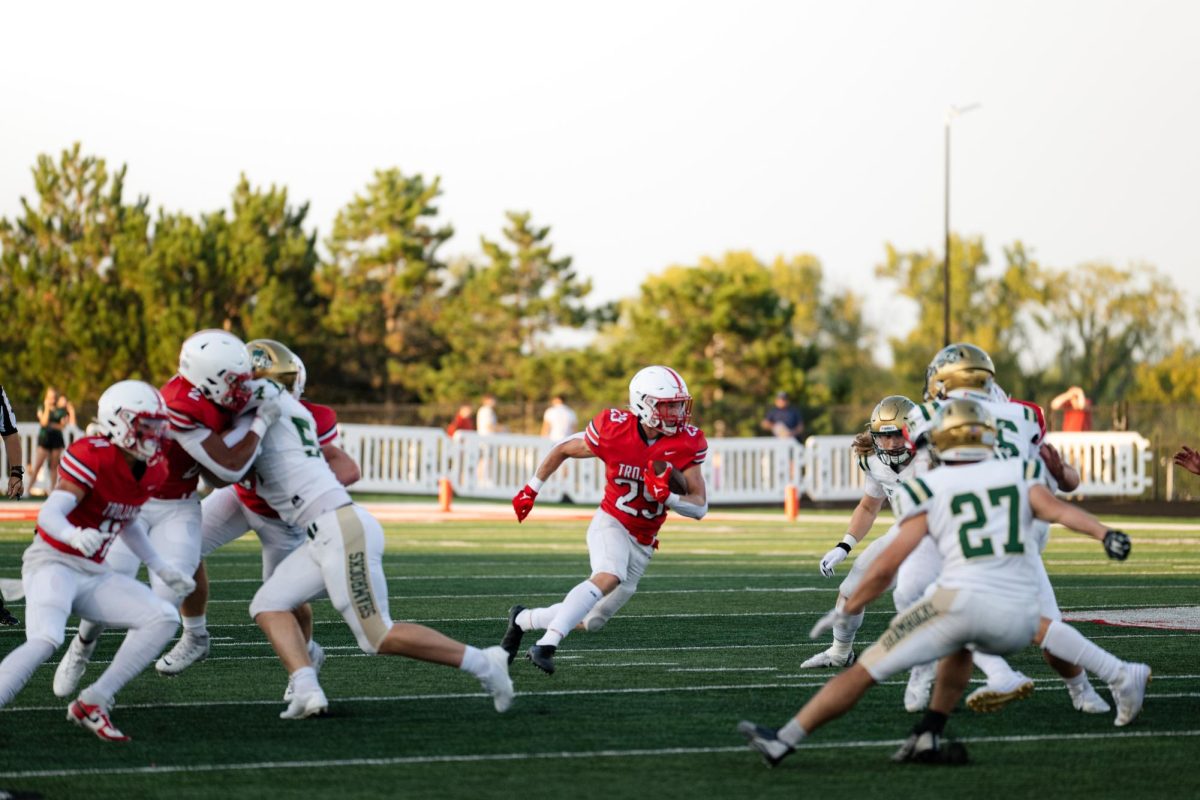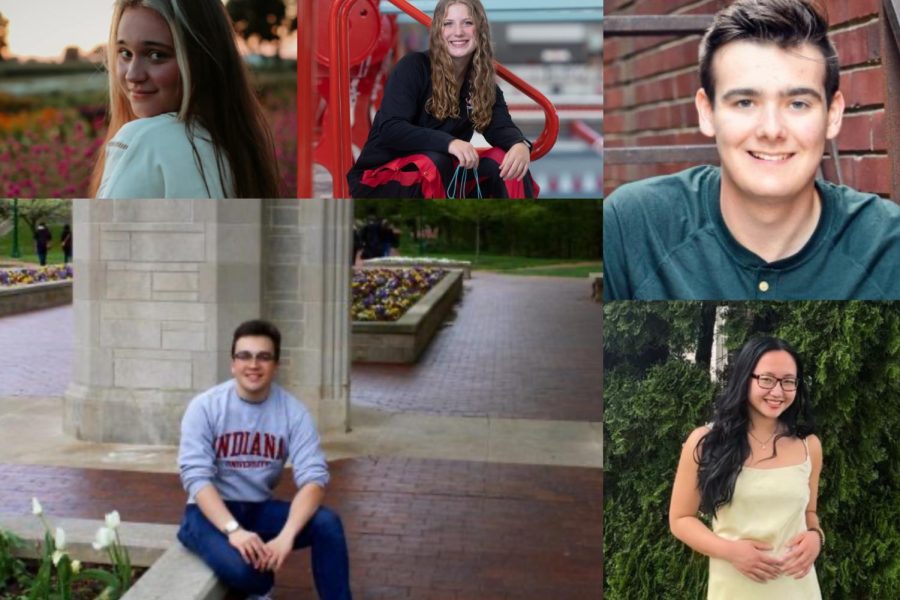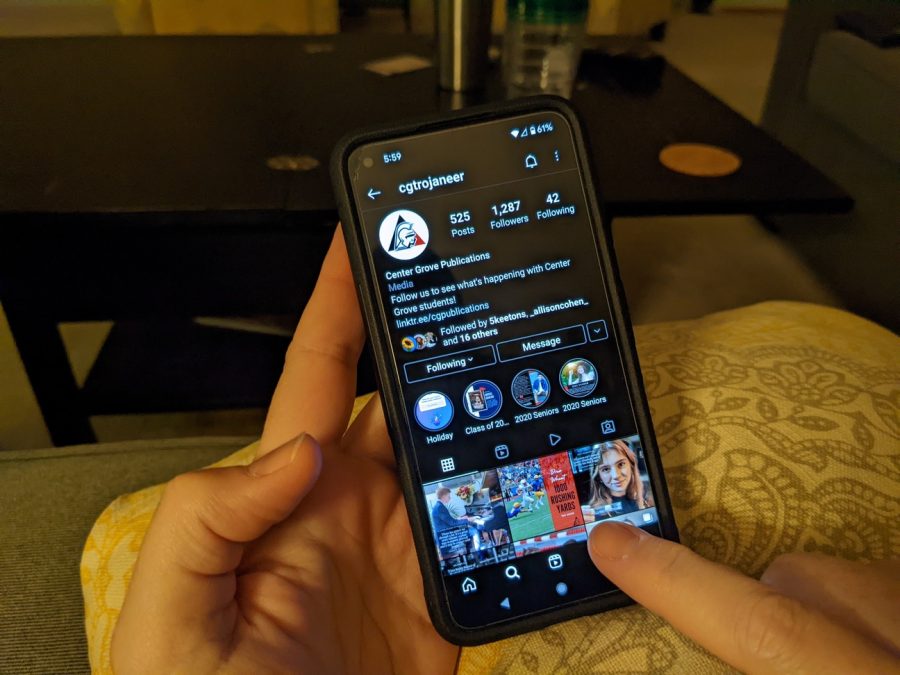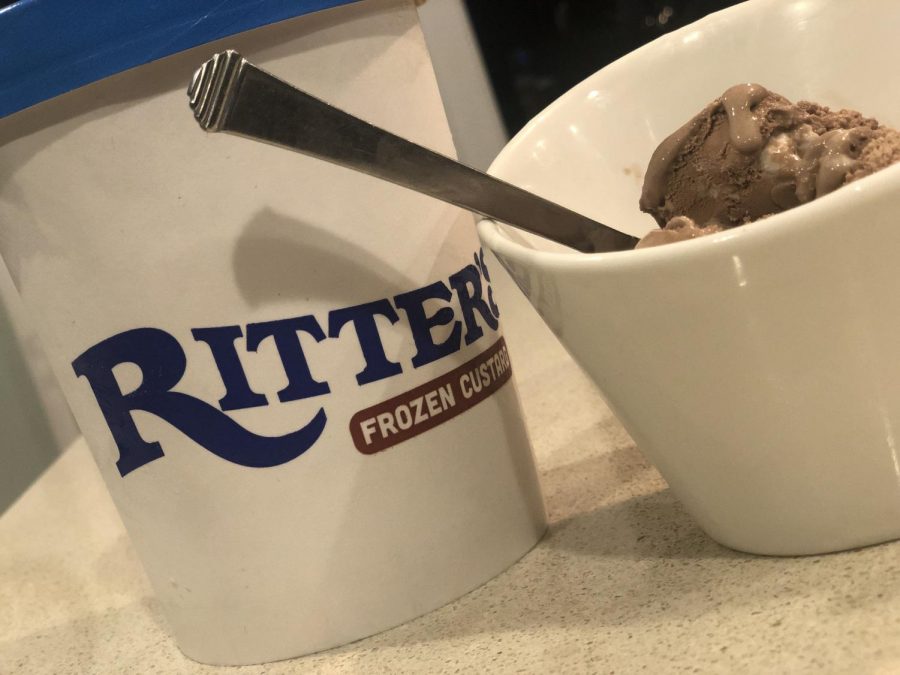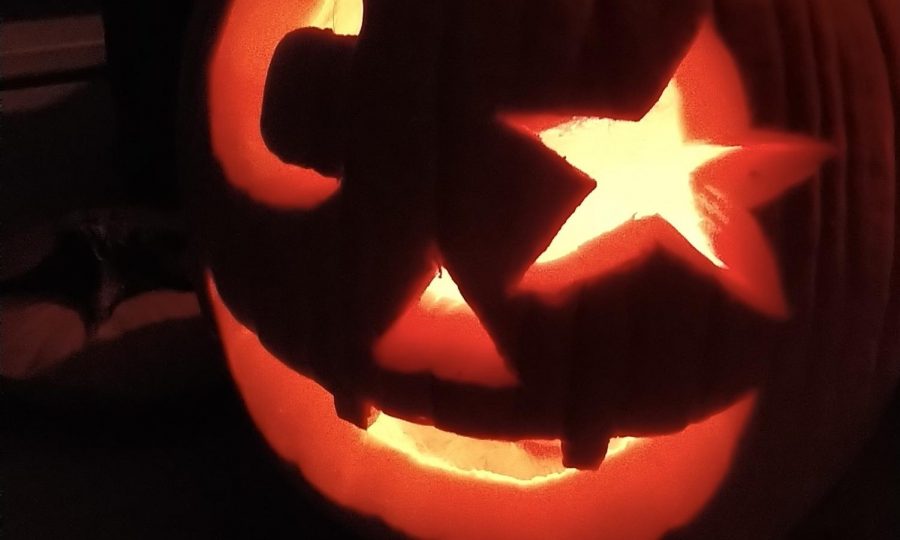By: Madey Jacks
The creation and life of a photo is encapsulated in those minuscule white words at the bottom of the page. The fine print: the part of a magazine that can reveal more about a photo than the story itself.
Over the span of 127 pages of ads, rail-thin models and sparse stories, I began to examine the meaning of the fine print.
An outfit worn by Fernanda Ly, a recently discovered model whose international presence is rapidly expanding, was adorable, but would cost $1,213. That costly price tag excluded shoes and the beauty products required to complete her look.
That model’s outfit for a fun day at the arcade was more expensive than my Vincennes University tuition for dual credit courses my senior year. I’ve even passed dealerships with cheaper vehicles.
Although fashion can be affordable, it is irrationally expensive when professional modeling is concerned.
Just sneaking a glance at the covers of supermarket tabloids and magazines reveals an obsession with showing women how to lose weight, unraveling the most recent Hollywood relationship scandals and providing tips for the sexiest night-time activities. This barrage of body shaming and unrealistic fashion goals is absurd.
“I wish that magazines would focus on women of all shapes, sizes and races,” junior Sydney Hurst said. “It would be amazing for every woman to be able to see a woman in a magazine and be able to relate to her because she looks similar to her and not a retouched model.”
Over the course of 30 minutes I traversed from glee from receiving my first-ever magazine, to disbelief that some of the outerwear and accessories were considered to be fashionable, awe from the outfits of fashion inspiration and disgust at the prices of everyday items. However, the Disappointment Express roller coaster derailed on the back cover.
“Simulation of actual product results,” the Maybelline mascara advertisement read.
“Teen Vogue” and Maybelline want readers to revel in the presence of the new cup-shaped bristles, but they only presented viewers with a model whose eyelashes were styled to appear like the new mascara had been applied.
“This [reforming the manner in which models are presented] would help increase body positivity and self-esteem in all women,” Hurst said.
However, there’s still hope for the future of fashion magazines. “Seventeen” has promised not to use photographs that have been digitally enhanced. A new magazine called “Lucia” will refrain from airbrushing as well, their “models” are going to be women with realistic body sizes and the magazine is not setting any space aside for advertisements.


